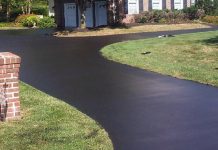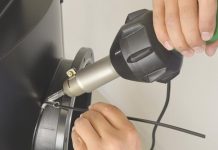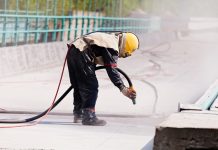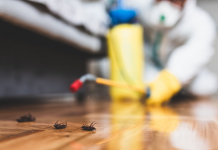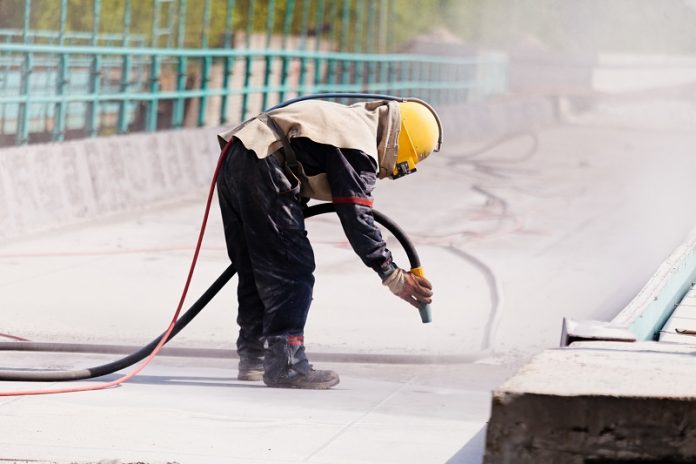Air compressors are key players in sandblasting. They power up to shoot rough materials onto surfaces. But, they can be tricky if not handled safely, posing a threat to operators and equipment.
Running them correctly for safe and efficient results is important. We all want great outcomes without risks! Let’s dive into this article, where we’ll explore how best you should work with air compressors when it comes to sandblasting.
Understand the Basics of Your Equipment
Are you ready to take on a sandblasting job? First, you have to know your gear inside out. That’s not just the air compressor; it includes the sandblast machine and all its bits, like hoses and nozzles.
- Size matters: Make sure your air compressor can handle what your blaster needs. Overworking a poor little compressor could cause early wear or even breakdown.
- Keep them healthy with regular check-ups: Every piece of machinery loves some TLC. Look for things like cracks in hoses or seals, making sure everything is working fine while at it!
- Learn how to dial-in pressure settings: Knowing exactly where sweet spot pressures are for each blasting session gives better results plus helps avoid potential hazards.
Prioritize Personal Safety
Sandblasting can make a mess. It sends dust and bits flying everywhere – not great for your lungs or skin.
- Gear up: Get yourself into protective clothing like gloves, boots, and a full-body suit to keep your skin safe from injury by abrasive materials.
- Protect your lungs: Always wear an appropriate mask. Make sure it fits snugly on the face and is suitable for sandblasting work you’re doing!
- Protect your eyes: Put safety goggles or, even better, use a full-face shield. This keeps any nasty debris out of sight.
Set Up a Safe Working Environment
Choosing the right spot for sandblasting does make a difference to safety.
- Breathe easily with good ventilation: Keep it airy if you’re blasting indoors. This helps clear dust and keeps your lungs happy!
- Set boundaries: Keep folks who aren’t needed in the area away by using barriers or warning signs. This saves them from any surprise encounters with debris or loud noise!
- Ground all gear properly: Don’t let static build-up give anyone shocks. They could get even worse than that when certain materials are involved.
Monitor and Control Air Moisture Levels
Air compressors can sometimes add water to sandblasting, which messes up efficiency and safety.
- Bring in the air dryers: They will kick out any extra moisture, making sure abrasive stuff stays dry and does its job right!
- Drain regularly: Many air compressors boast a moisture trap. Be religious about emptying this so that no unwanted water interrupts your blasting process.
- Watch for leaks: Check hoses, fittings, or seals often to ensure no sneaky dampness is slipping through unnoticed.
Final Thoughts
To wrap it up, air compressors are truly a sandblasting superstar. But remember, how you use them safely is key! Know your equipment inside out. Put safety first for yourself and the workspace, too, and keep an eye on that sneaky moisture in the air. Do all this right? You’re looking at some slick and safe sandblasting success ahead!






















